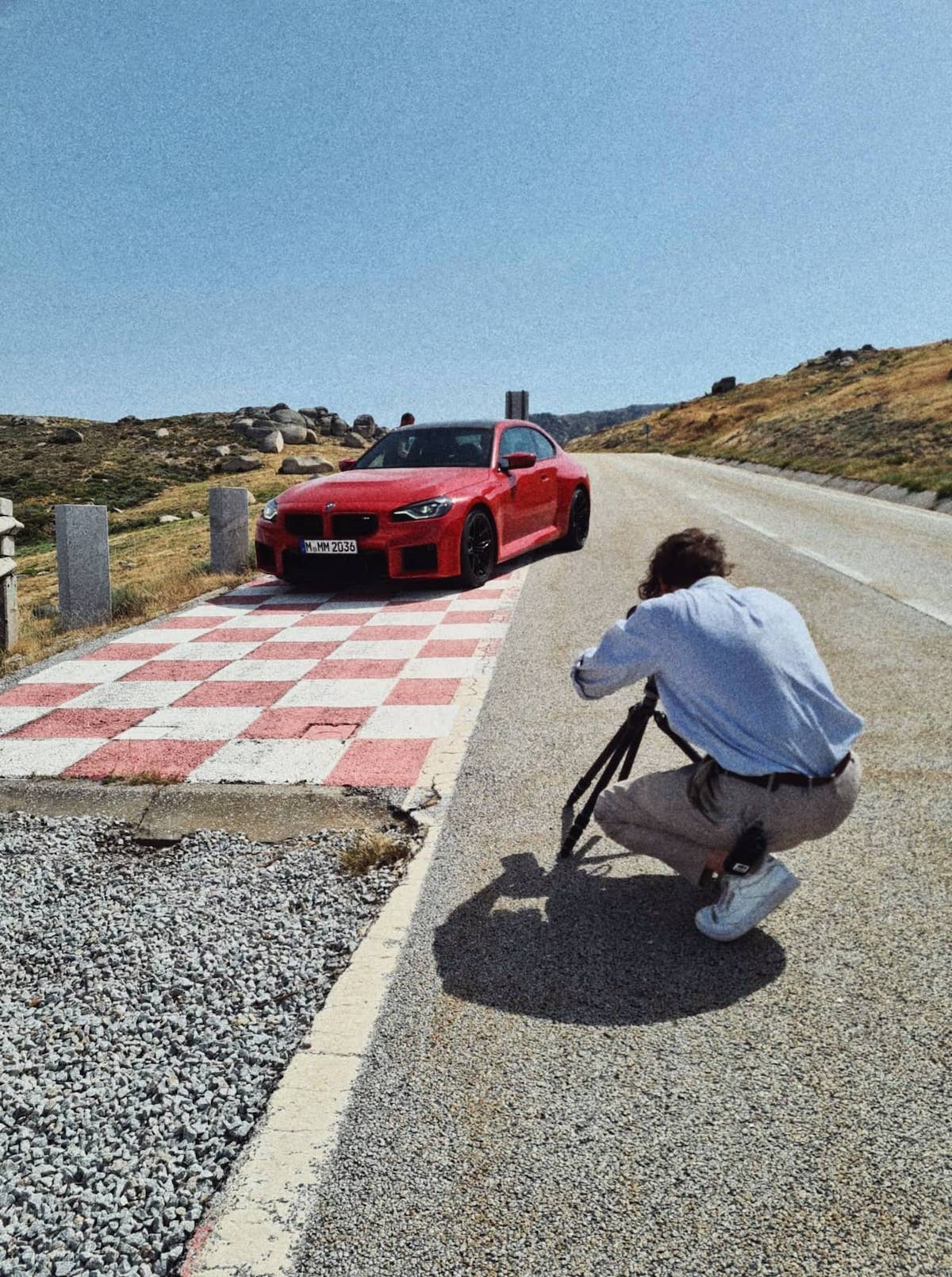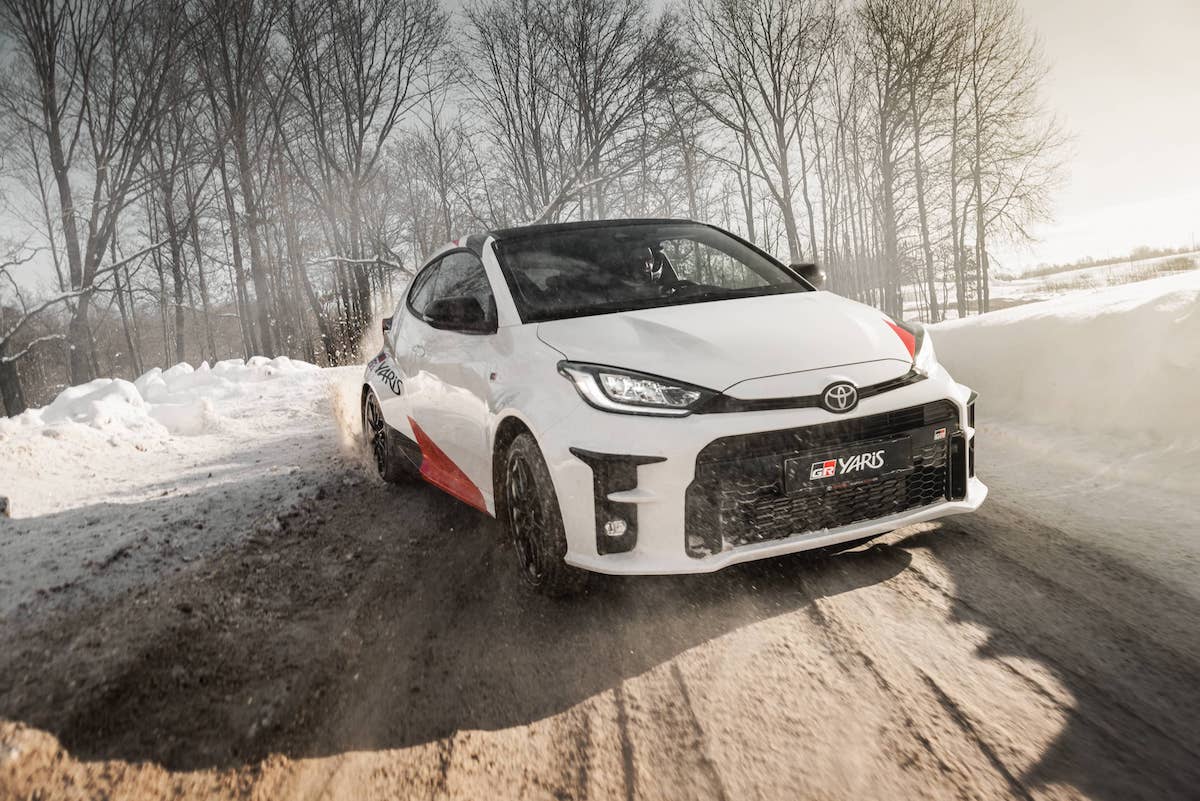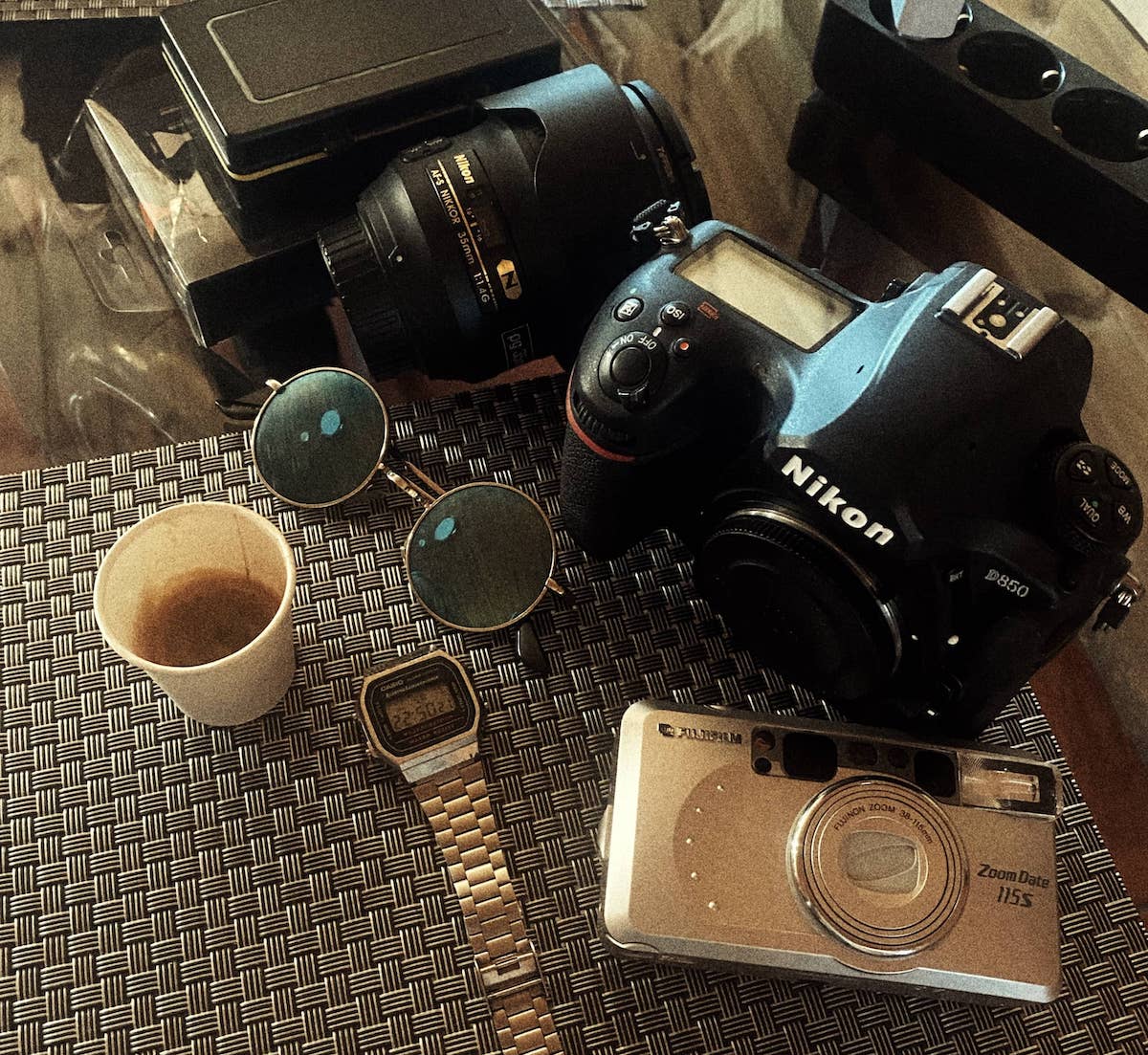If you’re reading this, then you’re a car person. And if you’re a car person, you most probably have an Instagram account and fancy yourself as a bit of a car photographer.
And whilst most of us have a vague concept of how to use a filter and (some of!) the editing functions on our smartphones, how to take a proper car photo seems an artform surrounded by witchcraft.
To find out how to take a proper car photo - for professional purposes, not just Instagram! - join Dyler.com on a journey to Vilnius, the capital of Lithuania to meet Dominykas Liberis.
Dominykas is a professional automotive photographer who has worked on a variety of photography projects for several automotive websites, and dealer networks across Europe. He was also part of the team responsible for shooting the all-new BMW M3 CS; a 550bhp, track-focused version of Munich’s super saloon - at and around the Portimão circuit in Portugal.
Yet before we get into what makes a good car photo, it must be said that the car culture in Lithuania is one full of idiosyncrasies.
On one hand, it is the most represented nation in the Dakar Rally. It is also the country that was responsible for building a - sadly unraced - Group B Lada Samara during the final years of the Soviet Union.
On the other, this Baltic country of 3.1 million people has a bizarre, cross-generational love for ratty BMWs and Audis; an affection which stems from the immediate post-Soviet period when German cars became readily available replacements for the ubiquitous Ladas and Volgas that roamed the roads from Vilnius to Vladivostok for decades.
To begin, then, it makes sense to quiz Dominykas about how he developed a love for cars in the context of growing up in a non-traditional European “car country” such as the United Kingdom or Germany?
It’s a very straight-forward answer, and one that makes perfect sense to anyone with the tiniest drop of gasoline coursing through their system.
“I think car culture boils in everyone’s blood if they simply enjoy cars. Where you are doesn’t matter,” he says thoughtfully. “Of course, in Lithuania we don’t have so many of the impressive exotics or classics like some other European countries do, but there are little pockets of automotive subcultures, which are definitely very strong.
“Given that Lithuania is in Eastern Europe, there’s definitely a big emphasis on what are known as “Euro” cars, especially BMW - the E36 and E46 are a dime a dozen here. To be honest, I guess that’s one of the reasons why I don’t really shoot them.
“How I got into cars, well my dad’s to blame for that!” he says with a laugh. “When I was growing up in the 2000s, he had his own garage where he worked on sports cars - mainly ‘90s Nissan models, and I’m restoring a 1986 Nissan Silvia S12 Grand Prix with him actually. It’s a slow process, but that’s another story for another day!
“Dad was always building bigger engines for these cars, slapping turbos on them, and I spent a lot of time in his workshop surrounded by this sort of thing. Whilst car culture in Lithuania definitely played a part in this, dad’s garage is definitely the place I got my love of cars from.”
“How I got into cars, well my dad’s to blame for that!”
It’s at this point that I should admit that I’ve known Dominykas for a number of years and I count him a friend. A close one, in fact.
Since befriending each other over an appreciation of Soviet modernist architecture in 2019 or so, our lives in the automotive world have somehow intertwined. For example, he’s hired me for written work on his calendar. I’ve hired him for photos.
Whichever way you look at it, though, the automotive world has pretty much always played a significant role in our friendship.
Yet whilst writing these questions, it dawns on me that I’ve never asked Dominykas how he got started in the world of automotive photography and what - for him - constitutes as “going pro.”
“I’ve always liked photos and cameras and that sort of thing, so it was a matter of time before I started taking photos,” he says. “When I started taking photos, I’d take photos of everything, buildings, food, you name it. It was a real case of Fuck Around And Find Out!”
“It wasn’t until a few years later when I’d got comfortable with using a camera that I decided to combine my love for photography and cars and see where it took me. I still remember the first shoot I did.
“It was for a friend who’s got a really rad, old school Volkswagen Jetta. He invited me to hang out for the day, and for some reason I took my camera with me as well. I literally spent all day photographing that car, and it was then I realised that I really loved taking photos of cars.”
That was four years ago. Since then, Dominykas has founded Liberium Photography and made automotive photography his sole source of income - the definition of what he feels constitutes a professional in their field. And to make anything automotive or motorsport-related your principal source of income, you have to properly graft at it. Seriously so.
The biggest thing is to be passionate about what you’re doing, and don’t even think about getting into this line of work if you want to make money easily!
“As for “going professional”, it’s a bit of a weird term, to be honest,” he laughs. “Is being a professional when you have a tonne of big clients? Is it when you have a tonne of gear? Is it when you can namedrop?
“For me, a pro is when someone makes all of their income from whatever their area of expertise is. There wasn’t a big turning point for me or anything, really. Like anyone who works with cars, I spent a lot of time working for free and getting as much practice in as I could.
“When you practice anything, it gradually becomes easier. After a while, people begin to notice your work and start commissioning you for jobs. All of this basically came from following my passion.”
It’s the topic of having a passion for what you do, which is a cliché well-worth pursuing. With that in mind, do allow me to wind back the clock a hundred years or so, or at least to a time before digital dashboards and Apple CarPlay was a thing.
When I started writing about cars, my first gig was covering the DTM. I wasn’t paid for it. I just knew that it’s what I wanted to do for a living. All that mattered was a love of the written word and V8-engined German touring cars. The rest would figure itself out later.
Is it fair, then, to draw a parallel between automotive photography and writing?
“Oh, I absolutely think so, yeah!” Dominykas answers. “The biggest thing is to be passionate about what you’re doing, and don’t even think about getting into this line of work if you want to make money easily! There are plenty of other ways to do that, and photographing cars is not one of them!
“Falling into the trap of shooting only expensive cars because they look cool, is one of the biggest mistakes you can make. Just shoot everything that falls into your lap whether it be your cheap beater, your friend’s knackered Mk.4 Volkswagen Golf, whatever, really.
It’s the same as any other field of photography - lighting and the story!
“The most important thing is getting to grips with your tools, understanding how to use them, and learning how to tell a story with any car you’re given and finding something interesting about it.
Dominykas adds that the other pitfall the aspiring photographer should avoid is spending a tonne of money on equipment and being clueless when it comes to using it. In common parlance, going down the route of “all the gear and no idea”.
“Honestly, don’t chase better gear!” he says. “I’ve shot some of my favourite photos on a second-hand, entry-level DSLR camera I bought for around EUR 300.
“The best thing I can suggest when it comes to starting out is to not spend a lot of money, so definitely buy used, or even rent equipment because it’s a big financial outlay to make. After all, you may eventually end up hating photography!
“In fact, most professional photographers don’t own much of their own gear. They simply rent it for the job they need and then move on. I cannot stress enough how much your equipment will not make the photo.
“If I’m allowed to get all dreamy about things, then honestly speaking, heritage racing cars have my heart…”
And that brings us back to the original question I set out to answer some 1,500 words or so ago. What, then, are the secrets to shooting a great car photo?
“It’s the same as any other field of photography - lighting and the story!” he replies. “If the lighting in the image isn’t pleasant to look at, the object you’re shooting will always just be mediocre, no matter what.”
“This doesn’t always always mean you need soft lighting at all. What I mean is, that you need to learn to figure out what sort of light you need to accompany your subject in the best way possible.
“What’s more, a photo without a story will always just be a snapshot. It won’t evoke any emotions in the viewer, which is ultimately what you want to achieve as a photographer - you want your photo to make the viewer FEEL something and make them live the moment that the object was shot at.

“This is why I always like to create photo series as opposed to singular photographs. I kind of look at them as almost stills from a movie, and that helps tell convey a story about the car to the viewer.
“Don’t get me wrong, I’m not saying I’m some sort of expert at this either! I’m always looking at other photographers, and even movies, paintings, or even music can all prove great sources of inspiration!”
In terms of storytelling, Dominykas ranks his shooting as a Porsche 550 - a car he’d “wanted to shoot for so long” as his favourite shoot so far.
However, it’s racing cars from the early 1980s and the following decade that prove to be his personal Holy Grail when it comes to hypothesising his ultimate photoshoot.
“If I’m allowed to get all dreamy about things, then honestly speaking, heritage racing cars have my heart,” he grins. “An original Group B rally car like a Lancia 037 or Audi Quattro S1 with an original driver like Walter Röhrl or Stig Blomqvist behind the wheel would be the stuff of dreams, to be honest.
“That said, Group C endurance racing gets me all hot under the collar, too. To have the opportunity to do some rolling shots with the Mazda 787B with its rotary engine at full scream around somewhere like Le Mans or Daytona would be very, very special, too…”
To follow Dominykas and Liberium Photography, please follow them on Facebook here, and Instagram here.
If you are interested in browsing the thousands of cars listed on Dyler.com, please click these yellow words!
---
Find your dream car among our Car Categories!
 © Liberium Photography
© Liberium Photography













